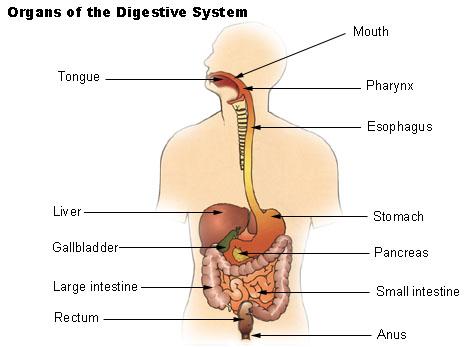[Short Notes – E&B] NCERT Class VII – Science – Nutrition in Animals – Chapter 2 – Part 1
[Short Notes – E&B] NCERT Class VII – Science – Nutrition in Plants – Chapter 1 – Part 2
\/
Read complete book (must) at : NCERT Class VII – Science – Nutrition in Animals – Chapter 2
\/
NUTRITION IN ANIMALS
\/
Animals get their food from plants, either directly by eating plants or indirectly by eating animals that eat plants. Some animals eat both plants and animals.
\/
DIGESTION
\/
The components of food such as carbohydrates are complex substances. These complex substances cannot be
utilised as such. So they are broken down into simpler substances.
The breakdown of complex components of food into simpler substances is called digestion.
\/
DIFFERENT WAYS OF TAKING FOOD
\/
Starfish feeds on animals covered by hard shells of calcium carbonate.
After opening the shell, the starfish pops out its stomach through its mouth to eat the soft animal inside the shell. The stomach then goes back into the body and the food is slowly digested.
\/
DIGESTION IN HUMANS
\/
The food passes through a continuous canal which begins at the buccal cavity and and ends at the anus.
\/
The canal can be divided into various compartments:
(1) the buccal cavity,
(2) foodpipe/ oroesophagus,
(3) stomach,
(4) small intestine,
(5) large intestine ending in the rectum
and (6) the anus.
\/
These parts together form the alimentary canal (digestive tract).
\/
The inner walls of the stomach and the small intestine, and the various glands such as salivary glands, the liver and the pancreas secrete digestive juices.
\/
The digestive juices convert complex substances of food into simpler ones.
\/
The digestive tract and the associated glands together constitute the digestive system.
\/
The mouth and buccal cavity
\/
Food is taken into the body through the mouth.
The process of taking food into the body is called ingestion.
We chew the food with the teeth and break it down mechanically into small pieces.
Each tooth is rooted in a separate socket in the gums.
Our teeth vary in appearance and perform different functions.
Accordingly they are given different names.
\/
Our mouth has the salivary glands which secrete saliva.
\/
The Saliva breaks down the starch into sugars.
\/
THE TONGUE
\/
The tongue is a fleshy muscular organ attached at the back to the floor of the buccal cavity.
\/
It is free at the front and can be moved in all directions.
\/
We use our tongue for talking.
\/
It mixes saliva with the food during chewing and helps in swallowing food. We also taste food with our tongue.
It has taste buds that detect different tastes of food.
\/
\/
Sweets and tooth decay
\/
Normally bacteria are present in our mouth but they are not harmful
to us.
However, if we do not clean our teeth and mouth after eating, many harmful bacteria also begin to live and grow in it.
These bacteria break down the sugars present from the leftover food and release
acids.
The acids gradually damage the teeth.
This is called tooth decay tooth decay.
If it is not treated in time, it causes severe toothache and in extreme cases results in tooth loss.
Chocolates, sweets, cold drinks and other sugar products are the major culprits of tooth decay.
Therefore, one should clean the teeth with a brush or dantun and dental floss (a special strong thread which is moved between two teeth to take out trapped food particles) at least twice a day and rinse the mouth after every meal.
Also, one should not put dirty fingers or any unwashed object in the mouth.
\/
Hiccups or a Choking Sensation.
\/
Sometimes when you eat in a hurry, talk or laugh while eating, you may get hiccups or a choking sensation.
This happens when food particles enter the windpipe.
The windpipe carries air from the nostrils to the lungs.
It runs adjacent to the foodpipe.
But inside the throat, air and food share a common passage.
\/
How is food prevented from entering the windpipe?
\/
During the act of swallowing a flap-like valve closes the passage of the windpipe and guides the food into the foodpipe.
If, by chance, food particles enter the windpipe, we feelchoked or get hiccups.
\/
The foodpipe/oesophagus
\/
The swallowed food passes into the foodpipe or oesophagus
\/
The foodpipe runs along the neck and the chest.
\/
Food is pushed down by movement of the wall of the foodpipe.
Actually this movement takes place throughout the alimentary canal and pushes the food downwards.
\/
At times the food is not accepted by our stomach and is vomited out.
\/
Share it on Facebook/Twitter/G+
\/
[Short Notes – E&B] NCERT Class VII – Science – Nutrition in Animals – Chapter 2 – Part 2














